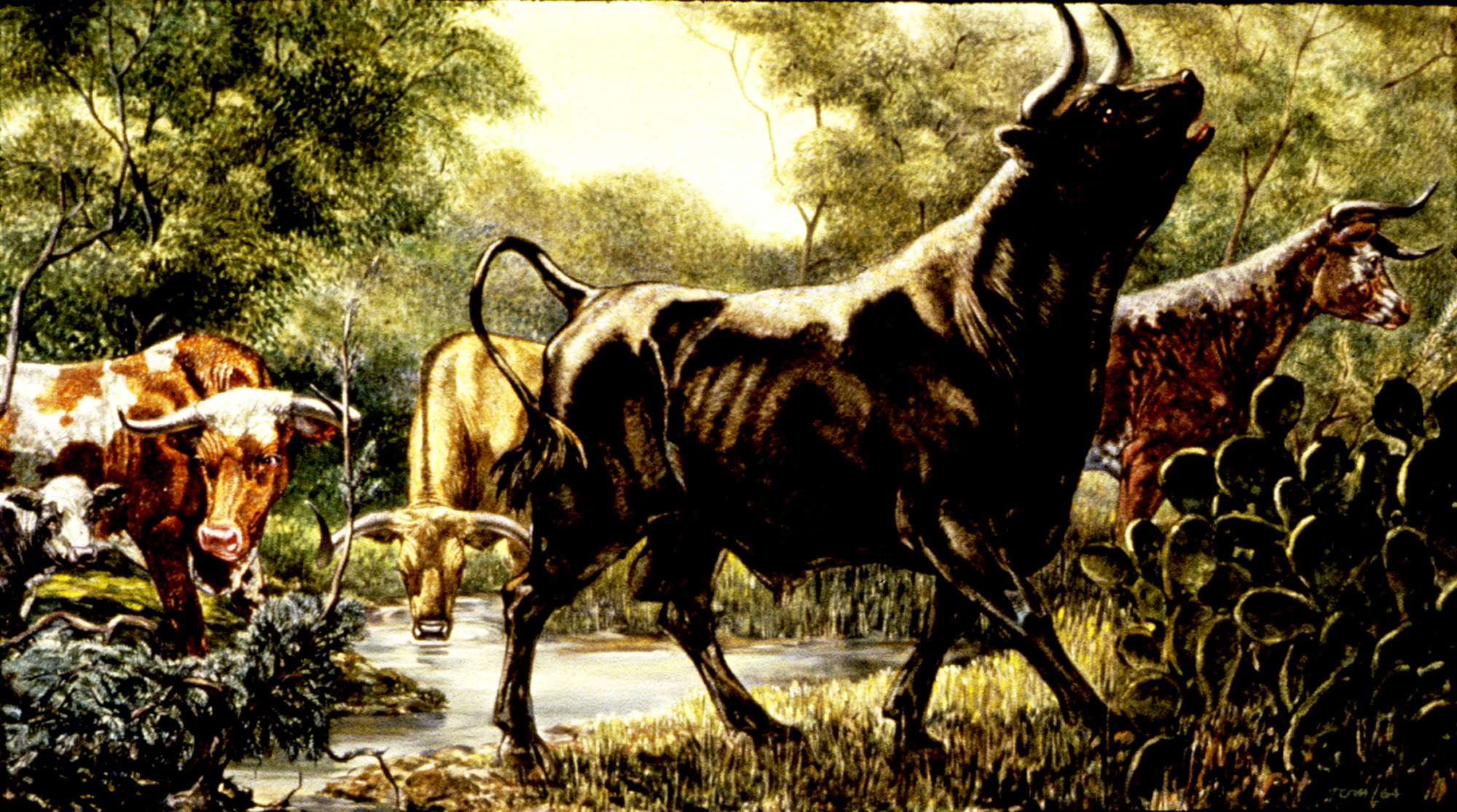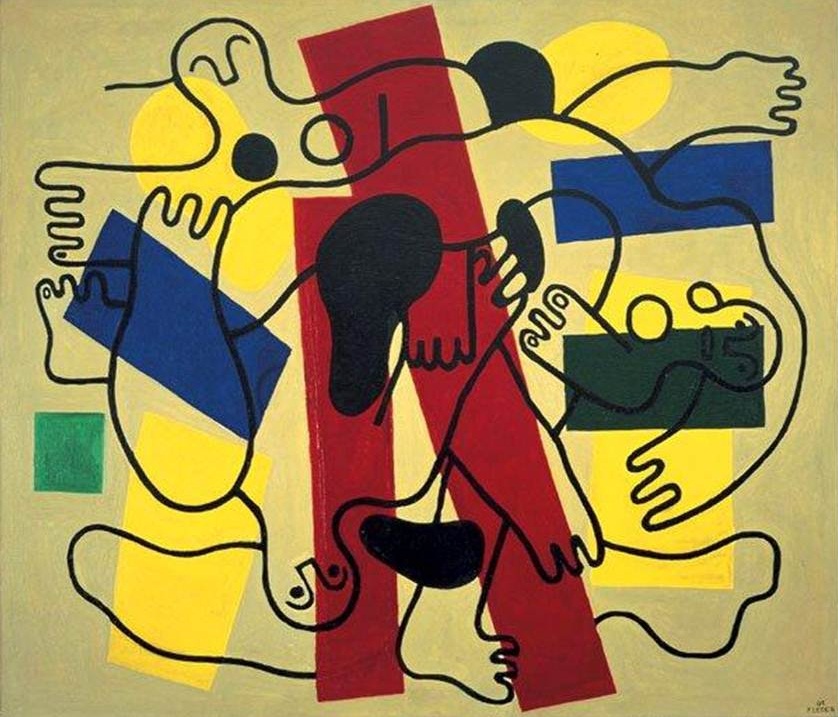From ancient Greek sculptures of Aphrodite with a vessel of bathing water, to paintings of bathers by turn-of-the-century artists like Cézanne, swimmers and bathers remain popular subjects throughout western art history. Why have so many artists chosen this subject? Perhaps it is because cleansing oneself is universal, or because bathing can be related to purity.
Our new exhibition, Youth and Beauty: Art of the American Twenties features a number of bathers and swimmers. With physical culture in its heydey, 1920s artists often presented bathers and modern swimmers as models of the ideal physique.
Here are some works in our collection featuring bathers and swimmers. Click on any of the artworks to scroll through larger images. The next time you visit the Dallas Museum of Art, be on the lookout for other bathing beauties!
Why do you think artists include bathers in their artworks?
Andrea V. Severin
Coordinator of Teaching Programs
Artworks shown:
- Edgar Degas, The Bathers, c.1890-1895, Dallas Museum of Art, The Wendy and Emery Reves Collection
- Yasuo Kuniyoshi, Bather with Cigarette, 1924, Dallas Museum of Art, Dallas Art Association Purchase Fund, Deaccession Funds/City of Dallas (by exchange) in honor of Dr. Steven A. Nash
-
John Marin, Bathers, 1932, Dallas Museum of Art, gift of Mr. and Mrs. Algur H. Meadows and the Meadows Foundation Incorporated
- Albert Meyeringh, Landscape with bathers, n.d., Dallas Museum of Art, gift of Mrs. Arthur Kramer, Sr.
-
Camille Pissarro, Bathers, 1895-1896, Dallas Museum of Art, The Wendy and Emery Reves Collection
- Felix Edouard Vallotton, Three Bathers (Les Trois Baigneuses), 1895, Dallas Museum of Art, Beatrice and Patrick Haggerty Acquisition Fund, the Jolesch Acquisition Fund, The Roberta Coke Camp Fund, and contributions in memory of Richard D. Haynes




















